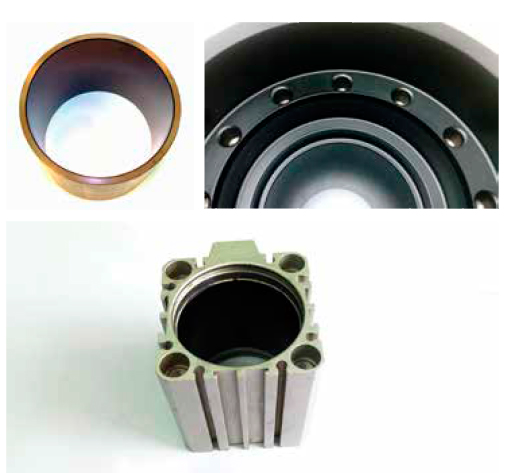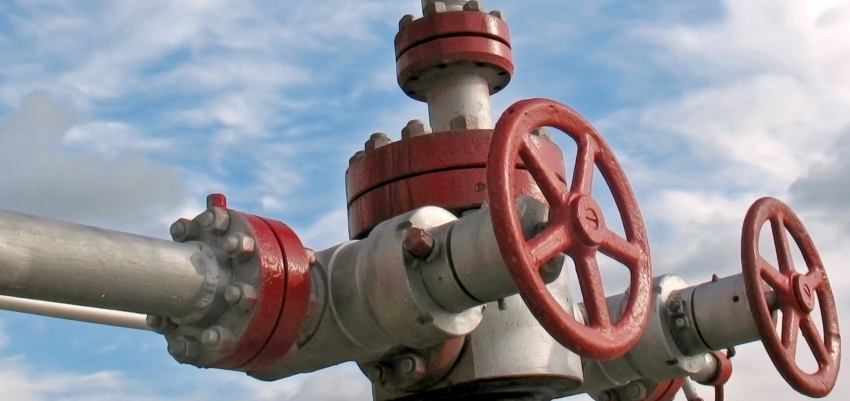Introduction
The rubber/metal pairs are often used in machine building. As a rule, they are involved into various sealing devices such as – cup-type seals of the rotating shafts, o-rings of the pipeline fittings and pneumatic actuators, thrust bearings of the submersible pumps.
Besides, the construction of many screw pumps intends presence of a rubber liner and a steel rotor interacting with it. While designing the units like this, a package task supposed to be solved, as it relates with the following conflicting requirements:
- To reduce friction losses as much as possible
- To provide the specified service life and tightness
The rubber contact seals provide tightness due to tight fit of the sealing parts to the appropriate mating metal surfaces. Such seals have the highest reliability of tightness but limited durability and significant loss of energy to overcome friction forces in motion.
Features of friction conditions
The soft rubber sealing parts tightly fit to the mating metal parts due to preliminary preload, and operating pressure preload, don’t allow any gap at motion, through which leakage could occur.
The significant problems while operating seals are rubber sticking to the mating metal surfaces in the state of rest, significant friction forces when the parts start moving, rubber squeezing out through the gaps.
Sticking of the rubber parts to the metal parts is a very undesirable feature which contributes to more rapid failure of the seals, and demands more efforts to make the moving parts to start moving.
The typical appearance of the rubber seal damage is shown on the figure. Due to sticking of the rubber cups, damage of their sharp locking edge is possible when the mechanism starts operating. The coefficient of static friction can reach the f=1.0 to 1.2 values. As a result of damage and local pinch of the seal, it partially breaks causing breakthrough of working medium.
According to the molecular-mechanical theory, the friction coefficient consists of two components: mechanical caused by meshing the micro-irregularities and their deformation, and molecular caused by presence of the forces of molecular attraction. In the rubber/metal system, unlike in the metal/metal pairs, the mechanical component of the coefficient is big enough.
In order to reduce it, they seek to improve quality of the metal surface in the aspect of micro-geometry by treating it by various methods of finishing treatment, particularly, buffing.
However, as the surface quality improves, the molecular component of the friction coefficient grows as well due to enlarging the contact area. So, the task of selecting materials for friction pairs and a method of mechanical treatment of the contacting surfaces is complex enough from an engineering point of view, and thus, it should be solved in an integrated way taking into account friction and wear processes.
How do Anti-Friction Solid-Film Coatings (ASCs) work?
The Anti-Friction Solid-Film Coatings (ASC) technology enables to form a thin 5 to 25 µm thick composite layer on the metal part surface. This layer is a polymer matrix firmly bonded to the base, while its cells are filled up with the ultrafine particles of the solid lubricating material (Figure 1).

Figure 1 – the structure of coatings work
The superfine-grained polytetrafluorethylene (PTFE) powders, special modifications of graphite and molybdenum disulfide are used as the solid lubricating materials. On the one hand, such coating contributes to reducing the mechanical component of the friction coefficient in the pair containing rubber by filling in microroughnesses of the surface and extending its supporting area.
On the other hand, the coating creates a separating layer that prevents rubber from sticking to metal. Appropriately, the molecular component of the friction coefficient reduces.
Use of coatings enables to abandon the application of greases or the lubricants of other types. Unlike them, the coating is not squeezed out of the contact zone being exposed to loads and the operating media pressure. The anti-friction separating layer formed by the coating is practically independent of external factors.
Coating selection

Figure 2 – Elements of the pneumo-systems with Modengy 1010 coating on its internal cylindrical surfaces
The Modengy Russian company has developed the Anti-Friction Solid-Film Coatings that successfully solve the task of friction reduction in the rubber/metal pairs (см. таблицу 1). These coatings are used on the following parts:
- Internal cylindrical surfaces of the pneumo- and hydrocylinders (figure 2)
- Rotating shafts that contact with the rubber cup-type seals
- Rods of the pipeline fittings
- Metal parts of the pumps, that is rotors and sliding bearings
- Elements of the axial face seals
The Anti-Friction Solid-Film Coatings are applied by spraying out the liquid agent onto preliminary prepared surface. The coating gets cured and tack free within 10 minutes, and then the part can be safely transported without any risk of being disrupted or damaged. Full curing of the Anti-Friction Solid-Film Coatings occurs after exposure at the certain temperature +150°С to +200 °С, it takes 30 to 60 minutes. Эти условия зависят от конкретной марки покрытия.
Table 1. Coatings composition and features
| MODENGY coating product | Solid lubricating component | Service temperature range, °С | Colour | Wear resistance acc. to ASTM D2714, thousand cycle | Friction coefficient acc. to ASTM D2714 | Corrosion protection acc. to ISO R 1456 (test in salt mist), hours |
|---|---|---|---|---|---|---|
| 1066 | Molybdenum disulfide, graphite | -70…+315 | Grey-black half-matt | 191 | 0,03 | 300 |
| 1010 |
PTFE |
-70…+250 | Glossy black | 15 | 0,10 | 500 |
| 1011 |
PTFE |
-70…+250 | Silver | 49 | 0,08 | 500 |
| 1014 | Molybdenum disulfide, PTFE | -75…+255 | Matt grey | 290 | 0,04 | 350 |
Conclusion
Application of the Modengy Anti-Friction Solid-Film Coatings in the rubber/metal pairs enables to optimize construction and obtain a number of advantages, particularly the following:
-
Cost saving due to change the stainless steels with more available constructive ones – the coating will provide necessary protection level
-
Cost saving due to eliminating the laborious methods of finishing mechanical treatment – the surface roughness within the Ra=0.3 to 0.8 µm range is optimal for applying the coatings
-
Increase of the efficiency factor, service life, and providing smooth running of the mechanism due to content of a solid lubricant component in the coating which is able to reduce friction effectively
-
Preventing rubber from sticking and damaging at running off starting moment – the coating has anti-adhesive properties
-
Tightness increase due to filling in the cavities of the metal part surface microroughnesses
-
Possibility that the mechanism can operate without additional lubrication under dusty conditions – the coating provides dry lubrication
For further information and getting consultation on your specific task solving, please contact Modengy company.





 RU
RU
 EN
EN





